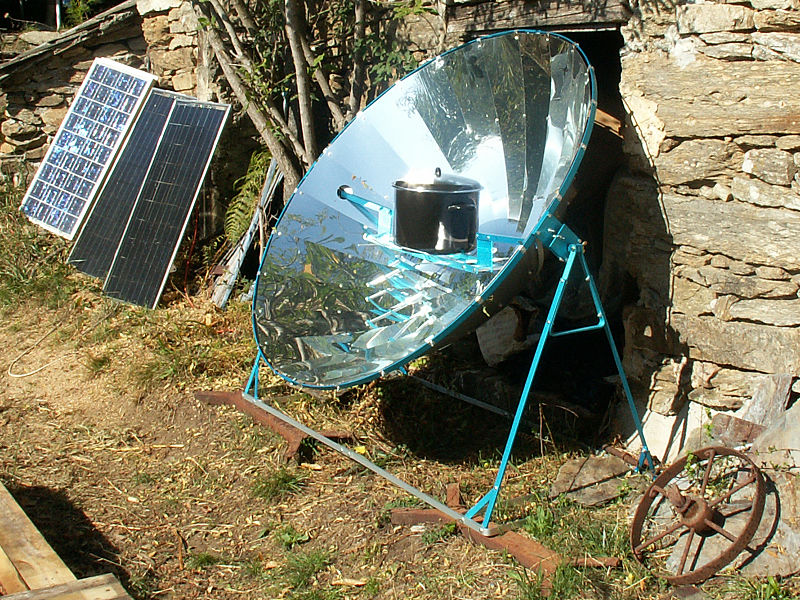| << Chapter < Page | Chapter >> Page > |

Later studies have mainly concentrated on increasing thermal conductivity using composite materials. Adding PCM modules at the top of the water tank gives the system a higher storage density and compensate for heat loss in the top layer because of the latent heat of PCM. The configuration of the PCM storage unit can result in advantageous control of the water temperature rise and drop during both day and night time. Therefore, thermally stratified water tanks are widely used for short term thermal energy storage. Application of these tanks significantly increases not only the energy density with the number of PCM modules, but also the cooling period and keeps the water temperature higher compared to the ones without PCMs. Besides, solar water heating systems operate within a wide range of temperatures from ambient temperatures to 80°C (176°F). A PCM has much larger heat storage capacity relative to water over a narrow temperature range, close to its melting temperature.
A major component of total household energy consumption is cooking. Solar energy offers an economical option for cooking in households, especially in third world countries. A solar cooker is a device which uses the energy of sunlight to heat food or drink to cook or sterilize it (Figure Solar Cooker ). It uses no fuel, costs nothing to operate, and reduces air pollution. A solar cooker’s reflective surface concentrates the light into a small cooking area and turns the light into heat. It is important to trap the heat in the cooker because heat may be easily lost by convection and radiation. The feasibility of using a phase change material as the storage medium in solar cookers have been examined since 1995. A box-type solar cooker with stearic acid based PCM has been designed and fabricated by Buddhi and Sahoo (1997) , showing that it is possible to cook food even in the evening with a solar cooker. The rate of heat transfer from the PCM to the cooking pot during the discharging mode of the PCM is quite slow and more time is required for cooking food in the evening. Fins that are welded at the inner wall of the PCM container were used to enhance the rate of heat transfer between the PCM and the inner wall of the PCM container. Since the PCM surrounds the cooking vessel, the rate of heat transfer between the PCM and the food is higher and the cooking time is shorter. It is remarkable that if food is loaded into the solar cooker before 3:30 p.m. during the winter season, it could be cooked. However, the melting temperature of the PCM should be selected carefully. The more the input solar radiation, the larger quantity of heat there is in a PCM. Few examples for PCMs for solar cooker applications are acetamide (melting point of 82 °C), acetanilide (melting point of 118 °C), erythritol (melting point of 118 °C) and magnesium nitrate hexahydrate (melting point of 89–90 °C).


Notification Switch
Would you like to follow the 'Sustainability: a comprehensive foundation' conversation and receive update notifications?